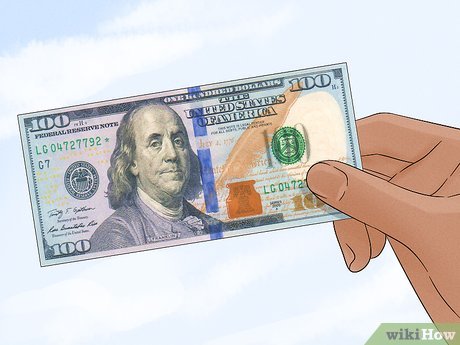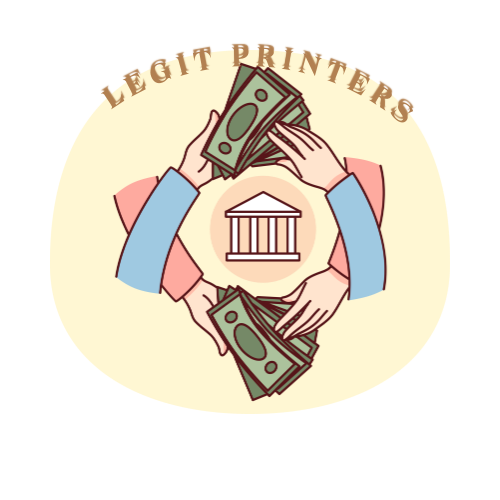- Check the Paper Quality
Genuine banknotes are printed on special paper that feels different from ordinary paper. Counterfeit notes often feel smoother or flimsy. - Examine the Printing
Real money has fine details and raised printing that you can feel with your fingertips. Blurry images or uneven printing can indicate a fake. - Look for Watermarks
Most modern banknotes have a watermark that is visible when held up to the light. If the watermark is missing or unclear, the note may be counterfeit. - Check Security Threads and Strips
Many currencies include embedded threads or holographic strips. These usually appear when held up to light and are difficult to replicate. - Observe Color-Changing Ink
Some denominations have ink that changes color when viewed from different angles. If the color remains static, it could be fake. - Examine Serial Numbers
Authentic notes have unique serial numbers that are evenly spaced and aligned. Duplicated or misaligned numbers are suspicious. - Use a UV Light
Many banknotes feature ultraviolet (UV) markers that glow under a UV light. Counterfeit notes often lack this feature. - Compare with a Known Genuine Note
If in doubt, compare the suspect note with a genuine one of the same denomination. Differences in size, color, or features can reveal fakes.

